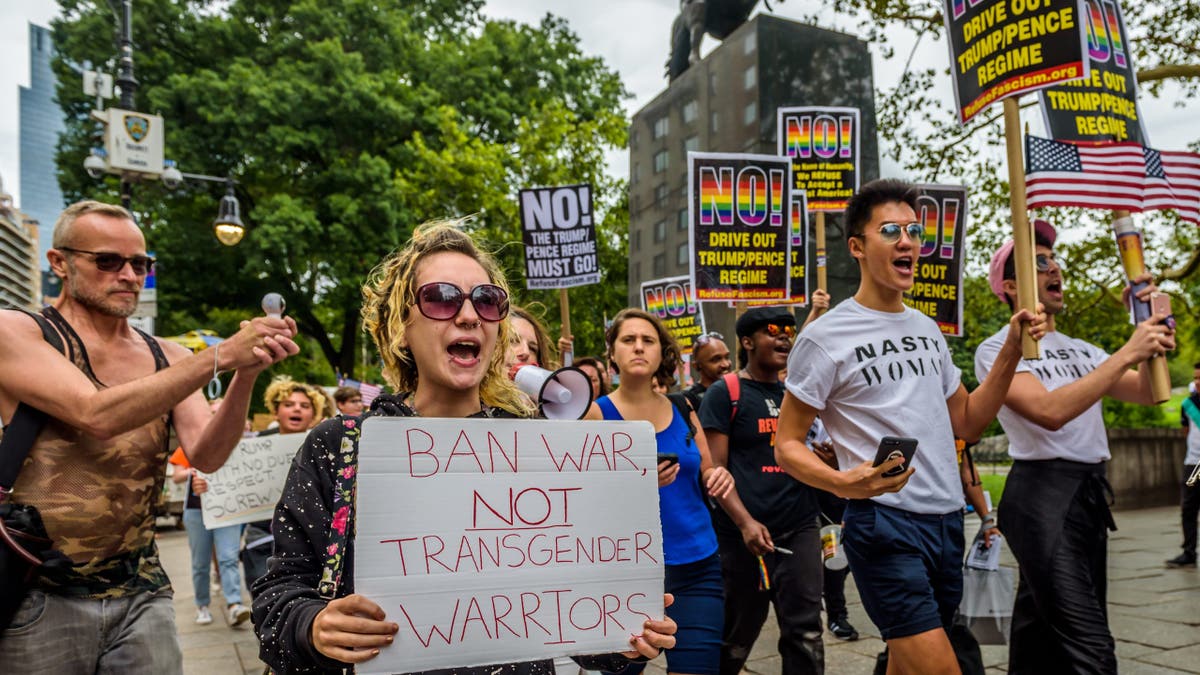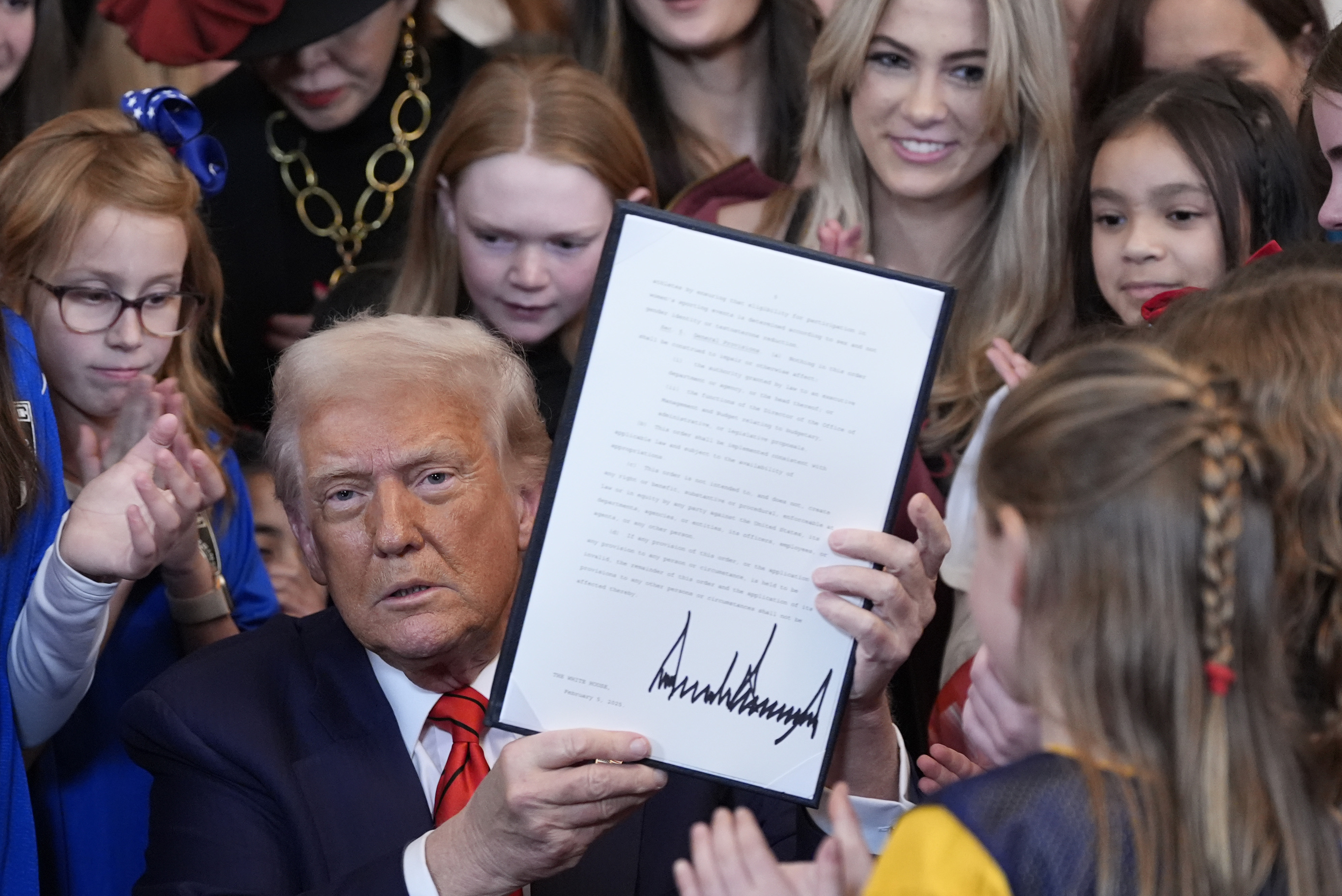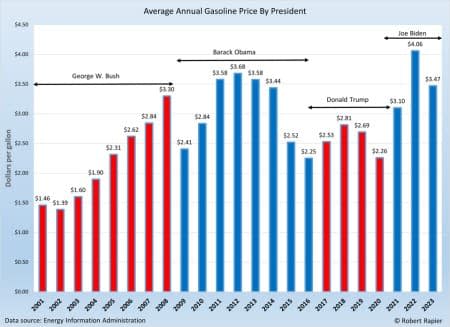Understanding Trump's Transgender Military Ban: Separating Fact From Fiction

Table of Contents
The Origins and Rationale Behind the Ban
In July 2017, President Trump announced via Twitter a ban on transgender individuals serving in the military. This decision reversed the Obama administration's policy, which had allowed transgender individuals to serve openly. The stated justifications for the ban were multifaceted, often focusing on concerns about military readiness and healthcare costs.
-
Perceived Medical Costs: The administration cited the potential high cost of hormone therapy and gender confirmation surgeries for transgender service members as a significant burden on military healthcare budgets. This argument, however, often overlooked the relatively small percentage of the overall military healthcare budget such costs would represent.
-
Military Readiness and Unit Cohesion: Concerns were raised about the potential disruption to military readiness and unit cohesion caused by the inclusion of transgender individuals. The administration argued that the presence of transgender service members could negatively impact morale and operational effectiveness. This claim lacked substantial evidence and was widely criticized by military leaders who emphasized the importance of individual merit and fitness for service, regardless of gender identity.
-
Counterarguments: Numerous studies and reports contradicted the administration's claims. Experts pointed out that transgender service members already served successfully and that the cost of healthcare for transgender individuals was often exaggerated. Furthermore, many argued that excluding qualified individuals based on gender identity weakens military strength and undermines the principles of equality and inclusion.
The Impact on Transgender Service Members
The ban had immediate and devastating effects on transgender service members. Many faced uncertainty about their futures, fearing discharge and loss of benefits.
-
Challenges to Deployment, Promotion, and Healthcare: The ban created significant obstacles for transgender individuals seeking deployment, promotion, and even access to essential healthcare services. Many felt forced to hide their identities or leave the military altogether.
-
Mental Health Consequences: The uncertainty, discrimination, and fear generated by the ban had severe consequences for the mental health of transgender service members, leading to increased rates of anxiety, depression, and suicidal ideation.
-
Impact on Recruitment and Retention: The ban deterred many transgender individuals from even considering a career in the military, significantly impacting recruitment efforts and harming retention rates. This loss of talent undermined the military’s ability to attract and retain highly skilled individuals.
Legal Challenges and Court Battles
The Trump administration's ban faced immediate and substantial legal challenges. Numerous lawsuits were filed by transgender service members and advocacy groups, arguing that the ban violated constitutional rights to equal protection and due process.
-
Key Legal Cases and Outcomes: Cases like Doe v. Trump and others challenged the legality and constitutionality of the ban, leading to various injunctions and court rulings. The legal battles highlighted the clash between executive power and fundamental rights.
-
Arguments of Plaintiffs and Defendants: Plaintiffs argued the ban was discriminatory and lacked a rational basis, citing the successful integration of transgender individuals in other sectors. Defendants argued for the executive branch's authority to determine military standards and the potential impact on unit cohesion and readiness.
-
Supreme Court Involvement: While the Supreme Court did not directly rule on the ban, lower court decisions played a crucial role in shaping the policy's trajectory and ultimately contributed to its eventual reversal.
The Aftermath and Current Status
Under subsequent administrations, the ban was significantly altered or reversed. The Biden administration reinstated the policy allowing transgender individuals to serve openly in the military.
-
Current Policy: Currently, transgender individuals can openly serve in the military, provided they meet all other medical and fitness standards. This policy represents a significant shift towards greater inclusivity and recognition of transgender individuals' rights and contributions.
-
Ongoing Debates and Policy Considerations: Despite the reversal of the ban, debates continue surrounding the specifics of healthcare access, gender confirmation surgeries, and other policy considerations related to transgender inclusion in the military.
-
Long-Term Effects: The Trump administration's ban had profound and long-lasting effects on the military and the transgender community. The impact on trust, recruitment, and retention will continue to be felt for years to come. The experience highlighted the importance of evidence-based policymaking and the need for a more inclusive and equitable military.
Conclusion
Trump's transgender military ban was a highly controversial policy with far-reaching consequences. This article has examined the policy's origins, the various justifications presented, its impact on transgender service members, and the legal battles that ensued. Separating fact from fiction reveals a policy rooted in unsubstantiated claims and ultimately detrimental to both the military and the transgender community. Understanding the complexities of Trump's transgender military ban requires a nuanced approach, moving beyond simplistic narratives. Further research and informed discussion are crucial to fostering a more inclusive and equitable future for transgender individuals in the military. Continue learning about this important topic and engage in respectful dialogue regarding Trump's transgender military ban and its lasting consequences.

Featured Posts
-
 The Posthaste Reality How Large Down Payments Block Canadian Homebuyers
May 10, 2025
The Posthaste Reality How Large Down Payments Block Canadian Homebuyers
May 10, 2025 -
 Ihsaa Bans Transgender Athletes Impact Of Trumps Order On Girls Sports
May 10, 2025
Ihsaa Bans Transgender Athletes Impact Of Trumps Order On Girls Sports
May 10, 2025 -
 The Countrys New Business Hot Spots A Geographic Analysis
May 10, 2025
The Countrys New Business Hot Spots A Geographic Analysis
May 10, 2025 -
 Palantir Stock To Buy Or Not To Buy Before May 5th An Analysis
May 10, 2025
Palantir Stock To Buy Or Not To Buy Before May 5th An Analysis
May 10, 2025 -
 Analyzing Trumps Presidency A Focus On Day 109 May 8th 2025
May 10, 2025
Analyzing Trumps Presidency A Focus On Day 109 May 8th 2025
May 10, 2025
